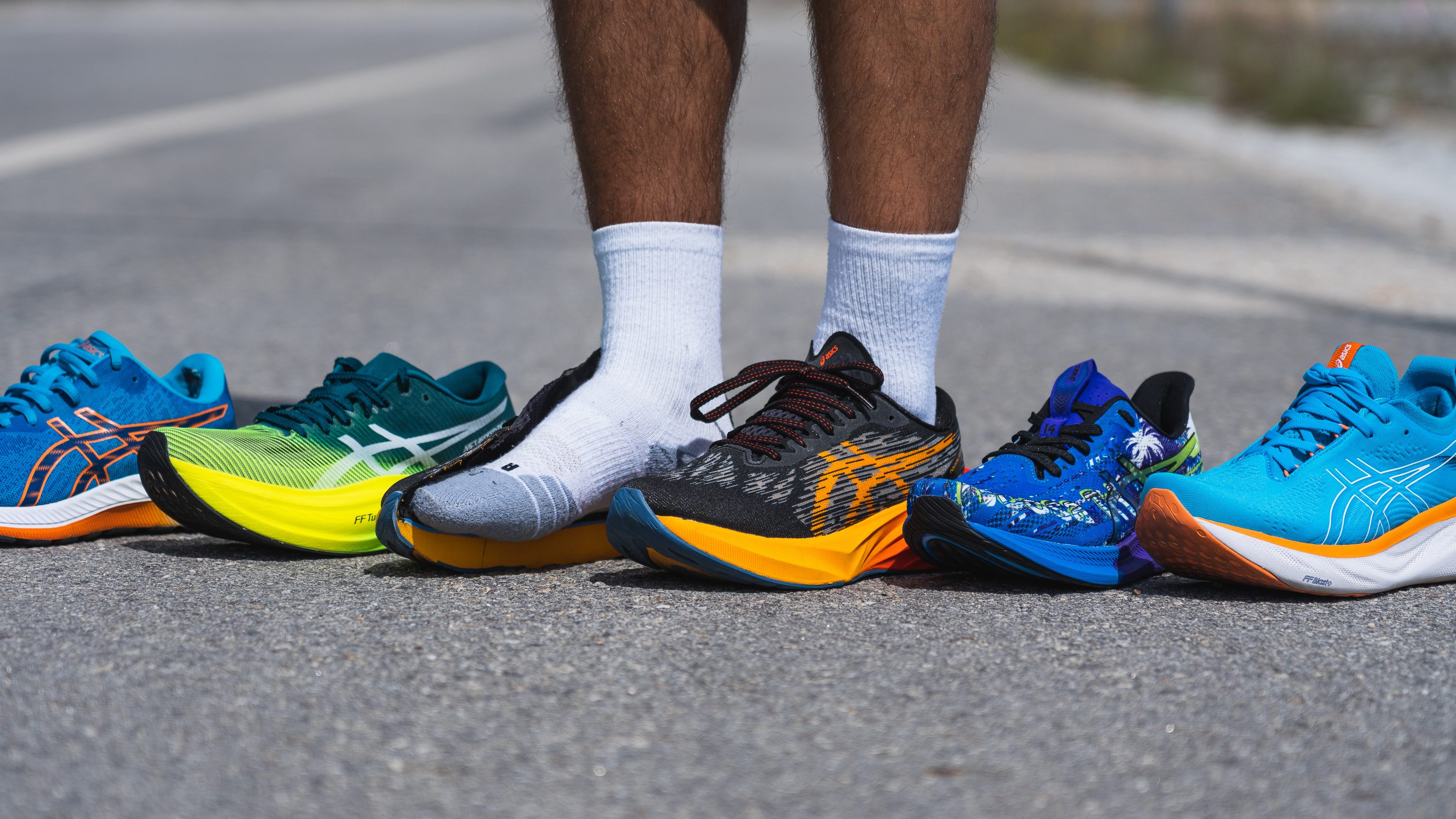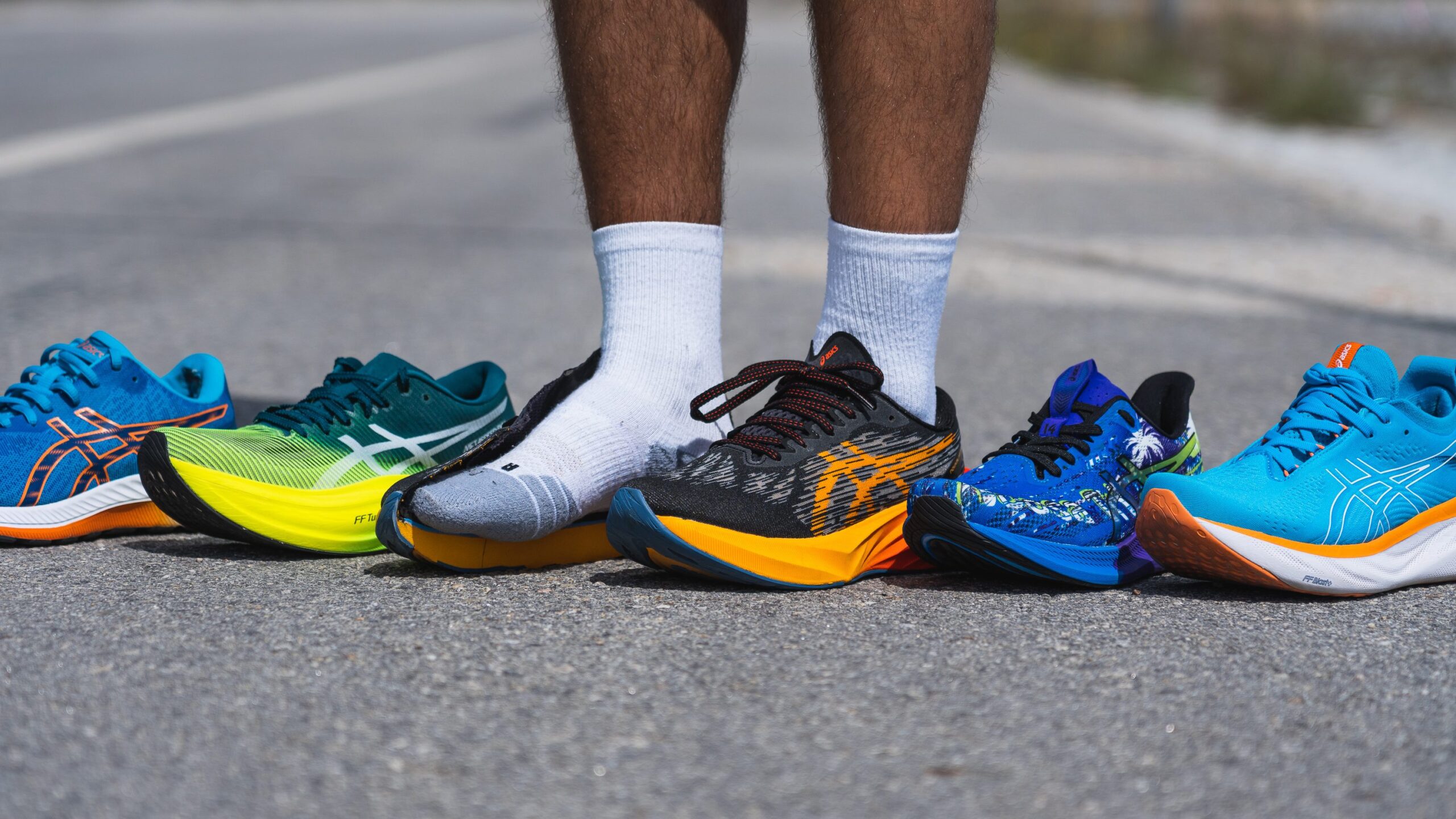The step tracking function in smart sensor running shoes utilizes embedded accelerometers and gyroscopes to precisely measure each footfall, providing a more accurate count than wrist-worn devices by capturing data directly from the source of movement. This technology forms the foundation of modern running analytics, offering insights far beyond a simple daily step total. By integrating these sensors directly into the midsole, the CNFans Spreadsheet Smart Sensor Running Shoes capture a wealth of biomechanical data with every stride, transforming your footwear into a personal running coach. This allows for a granular analysis of your technique, efficiency, and potential injury risks, all powered by the ground-level truth of your movement.
Table of Contents
- What Makes Smart Running Shoes "Smart"?
- Is the Step Tracking in CNFans Smart Shoes Accurate?
- Beyond Simple Step Counting: What Other Metrics Are Tracked?
- How Does Analyzing Your Step Data Improve Performance?
- Syncing and Analyzing Your Data: The CNFans App Experience
- Who Benefits Most from Step Tracking Technology in Footwear?
- Sourcing the Best Running Gear Globally
What Makes Smart Running Shoes "Smart"?
The term "smart" in the context of footwear refers to the integration of electronic components that can collect, process, and transmit data about your movement. Unlike traditional running shoes, which are engineered for cushioning and support, intelligent footwear adds a layer of digital feedback. This capability elevates a shoe from passive equipment to an active participant in your training, providing objective measurements that were once only available in sophisticated biomechanics labs. The intelligence lies not just in the hardware but in the ability to translate raw motion into actionable insights for the runner.

The Core Technology: Embedded Sensors Explained
At the heart of the CNFans Spreadsheet Smart Sensor Running Shoes are a suite of miniaturized sensors, primarily accelerometers and gyroscopes. These are discreetly sealed within a waterproof, durable pod in the midsole of the shoe, typically under the heel or arch, where they can best detect movement and impact. An accelerometer measures linear acceleration—changes in speed in a straight line. As your foot moves through the air and strikes the ground, the accelerometer detects these distinct phases of motion. A gyroscope complements this by measuring angular velocity, or rotational movement. It helps determine the orientation of your foot in three-dimensional space, tracking its tilt, angle, and rotation during the gait cycle.
Together, these sensors create a comprehensive picture of each stride. They capture the force of your landing, the duration your foot spends on the ground, and the propulsive force as you push off. This data is the raw material from which all other advanced running metrics are derived.
How Do Sensors Actually Count Your Steps?
Counting steps with a shoe-based sensor is fundamentally more precise than with a wrist or pocket device. A sophisticated algorithm analyzes the data stream from the accelerometer. It is programmed to recognize the unique signature of a foot strike—a sharp spike in acceleration as the foot makes contact with the ground, followed by a period of relative stability, and then another change as the foot pushes off. The algorithm filters out non-running movements, such as shaking your foot, driving a car over a bumpy road, or sitting with restless legs.
Because the sensor is attached to your foot, it eliminates the "false positives" common with wrist-based trackers, which can misinterpret arm swings, hand gestures, or other upper-body movements as steps. By measuring motion at the source, the step tracking function provides a near-perfect count of your actual running and walking strides, establishing a reliable foundation for all further analysis.
Is the Step Tracking in CNFans Smart Shoes Accurate?
Accuracy is the primary advantage of integrating sensors directly into footwear. While no consumer-grade tracker is 100% flawless, shoe-based systems consistently outperform other methods for tracking running-specific activities. The proximity to the action—the foot hitting the ground—provides a cleaner, more reliable data signal that is less prone to misinterpretation. This high degree of accuracy is critical, as an imprecise step count can skew all other calculated metrics, such as distance, pace, and cadence.
Comparing Shoe-Based Tracking vs. Wrist and Phone Trackers
When evaluating tracking methods, it's important to understand their inherent strengths and weaknesses. Shoe-based sensors offer unparalleled accuracy for lower-body metrics, while wrist and phone trackers have their own use cases.
| Tracker Type | Pros | Cons |
|---|---|---|
| Shoe-Based Sensors | Highest accuracy for step counting and running gait metrics. Captures ground-level data (foot strike, contact time). Filters out non-step arm movements. | Data is specific to when you wear the shoes. Requires a dedicated app for full analysis. |
| Wrist-Based Trackers | Convenient for 24/7 activity tracking. Often includes heart rate monitoring. Multi-purpose device. | Prone to inaccuracies from arm movements. Cannot measure advanced gait metrics like foot strike. |
| Phone-Based Tracking | No extra hardware needed. Accessible and easy to use for casual tracking. | Accuracy depends heavily on where the phone is carried (pocket, armband, hand). Not practical for serious training. Drains phone battery. |
Factors That Influence Step Count Accuracy
Even with advanced shoe-based sensors, a few variables can affect the data. The primary factor is the algorithm's sophistication in distinguishing true steps. The CNFans smart shoe system uses advanced machine learning to continually refine its step-detection algorithm across different speeds and terrains. For the user, ensuring a proper shoe fit is crucial. A loose-fitting shoe can cause slight shifts of the sensor relative to the foot, potentially introducing minor inconsistencies. However, for running on typical surfaces like roads, trails, or treadmills, the shoe-based sensor remains the gold standard for step-counting fidelity.
Beyond Simple Step Counting: What Other Metrics Are Tracked?
The true power of the CNFans Spreadsheet Smart Sensor Running Shoes is unlocked when you look past the step count. The rich data captured by the sensors allows for a deep dive into your running biomechanics. These advanced metrics provide a holistic view of your form and efficiency.
Key metrics include:
- Cadence (Steps Per Minute): This measures how often your feet hit the ground. A higher cadence is often associated with shorter, lighter strides, reducing impact forces and improving efficiency.
- Ground Contact Time: The amount of time (in milliseconds) your foot spends on the ground with each step. Longer ground contact time can indicate over-striding or inefficient form.
- Foot Strike Pattern: The shoe's sensors can determine whether you are landing on your heel, midfoot, or forefoot. This information is vital for understanding impact distribution and making form adjustments.
- Balance & Pronation: By analyzing the pressure and rotation, the system can provide insights into your foot's stability upon landing, indicating tendencies toward overpronation or supination.
- Vertical Oscillation: This measures the amount of "bounce" in your stride. While some vertical movement is necessary, excessive bouncing wastes energy that could be used for forward propulsion.
How Does Analyzing Your Step Data Improve Performance?
Collecting data is only half the battle; the real benefit comes from applying those insights to your training. By monitoring trends in your step data and other running metrics, you can make targeted improvements to your form, leading to faster times, greater efficiency, and a lower risk of getting sidelined.
The Path to Injury Prevention
Many common running injuries, such as shin splints, runner's knee, and stress fractures, are linked to improper biomechanics and excessive impact forces. The data from your smart shoes acts as an early warning system. For example, if the app flags a significant imbalance where one foot has a much longer ground contact time than the other, it could indicate a developing muscular weakness or compensation pattern. By catching these asymmetries early, you can address them with targeted strength training or form drills before they escalate into a full-blown injury.
Enhancing Running Efficiency and Form
Running faster isn't just about trying harder; it's about running smarter. The metrics from your smart shoes provide a direct path to improved efficiency. Let's say your data shows a low cadence (e.g., 160 steps per minute) and a pronounced heel strike. The app might suggest focusing on increasing your cadence to around 175-180 spm. This simple change encourages a shorter stride, landing more underneath your center of gravity, which naturally reduces braking forces and lessens impact. Monitoring these numbers run after run allows you to see tangible progress and ingrain better habits.
Syncing and Analyzing Your Data: The CNFans App Experience
Your run doesn't end when you untie your laces. The CNFans smart shoes seamlessly sync via Bluetooth to a dedicated mobile application after your workout. This app is your central hub for data analysis and progress tracking. Upon opening the app, your run data is automatically uploaded and processed, presenting you with a clear, intuitive dashboard.
Within the app, you can view a summary of your run, including distance, pace, and total steps. But more importantly, you can drill down into the advanced metrics. Interactive charts show how your cadence, ground contact time, and foot strike changed throughout the run. You can compare your performance to previous runs to track long-term trends. The app also provides personalized feedback and coaching tips based on your unique data, suggesting specific drills or focus areas for your next run to help you improve.
Who Benefits Most from Step Tracking Technology in Footwear?
The beauty of shoe-integrated step tracking is its broad appeal to runners of all levels. It is not an elitist tool reserved for professional athletes.
- Beginners: New runners can use the data to build a solid foundation of good form from the very start. The immediate feedback helps prevent the development of bad habits that can lead to frustration and injury.
- Intermediate Runners: For those looking to break through a plateau or train for a race like a half-marathon, the data provides a clear path to becoming more efficient. Small tweaks in form, guided by data, can lead to significant performance gains.
- Advanced and Elite Athletes: Seasoned runners can use the granular data to fine-tune every aspect of their stride, searching for marginal gains that can shave seconds or minutes off their personal bests.
- Runners Returning from Injury: For individuals in physical therapy or returning to running post-injury, the sensors provide a safe, objective way to monitor load and ensure biomechanics are sound, reducing the risk of re-injury.
Sourcing the Best Running Gear Globally
Once you have this wealth of data about your unique running style, you are empowered to make smarter decisions about all your gear, not just your shoes. Your data might reveal that you need a shoe with more stability or that a different type of insole could be beneficial. This knowledge transforms you into an expert on your own needs.
Many runners turn to global markets to find niche or newly released equipment that perfectly matches their data-informed requirements. The challenge, however, can be navigating international purchasing and shipping. This is where a specialized service can be invaluable. By using a platform that simplifies global shopping, such as the logistics and order management offered by CNFans, you can confidently acquire these items. An intuitive spreadsheet-based system for tracking orders ensures that you can easily manage purchases from various sellers, consolidating them for efficient international shipping. This approach allows you to leverage your personal running data to source the best possible gear from anywhere in the world.
